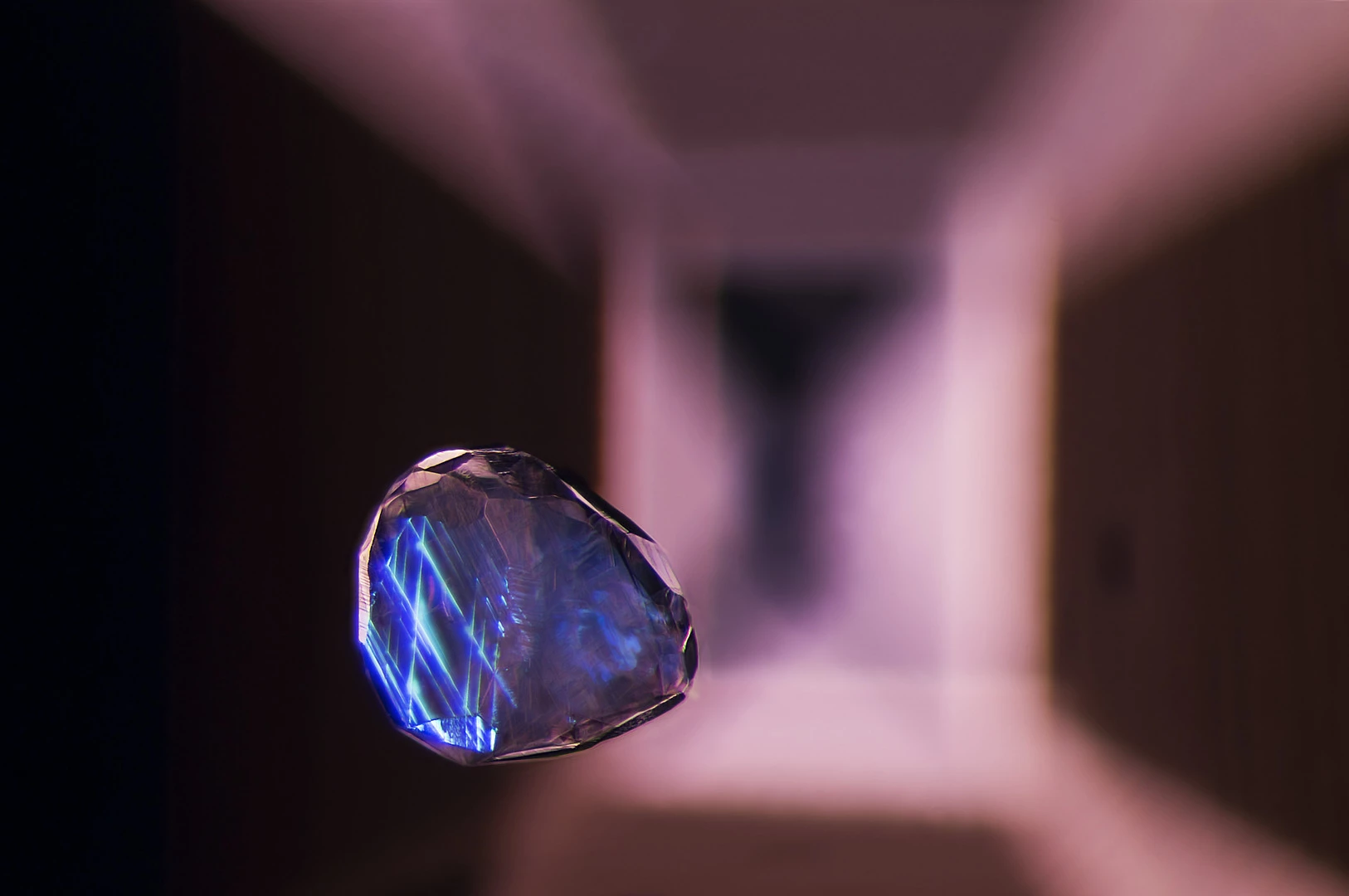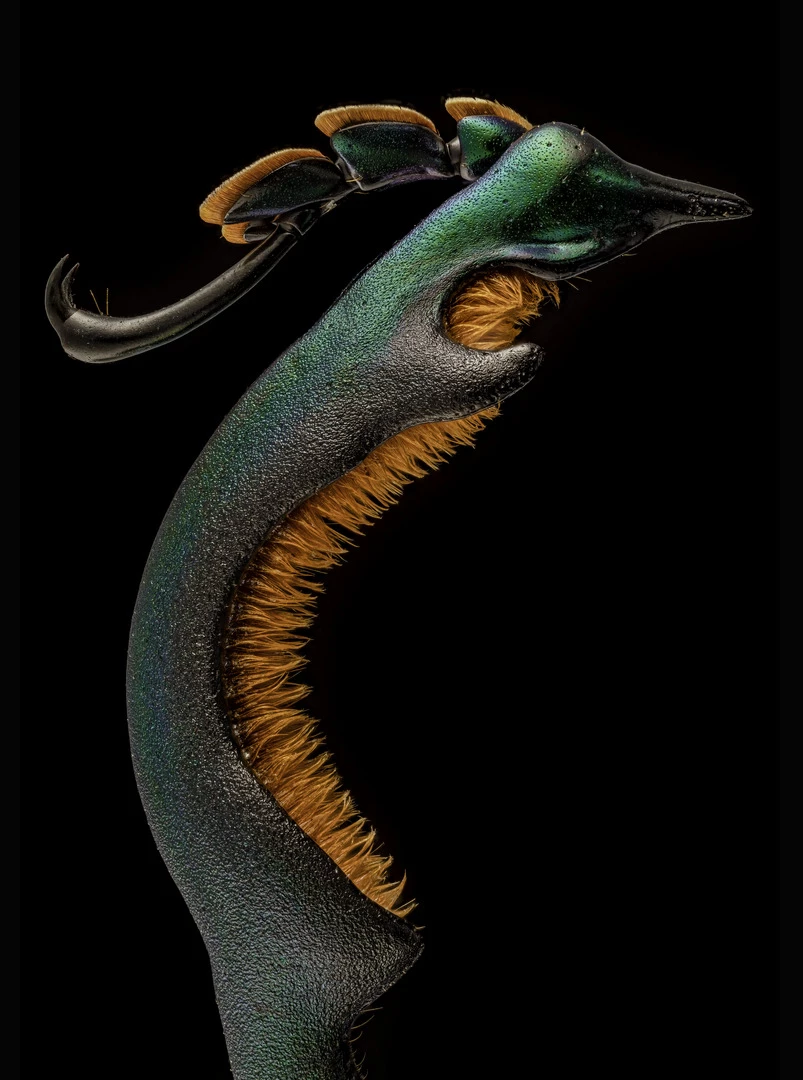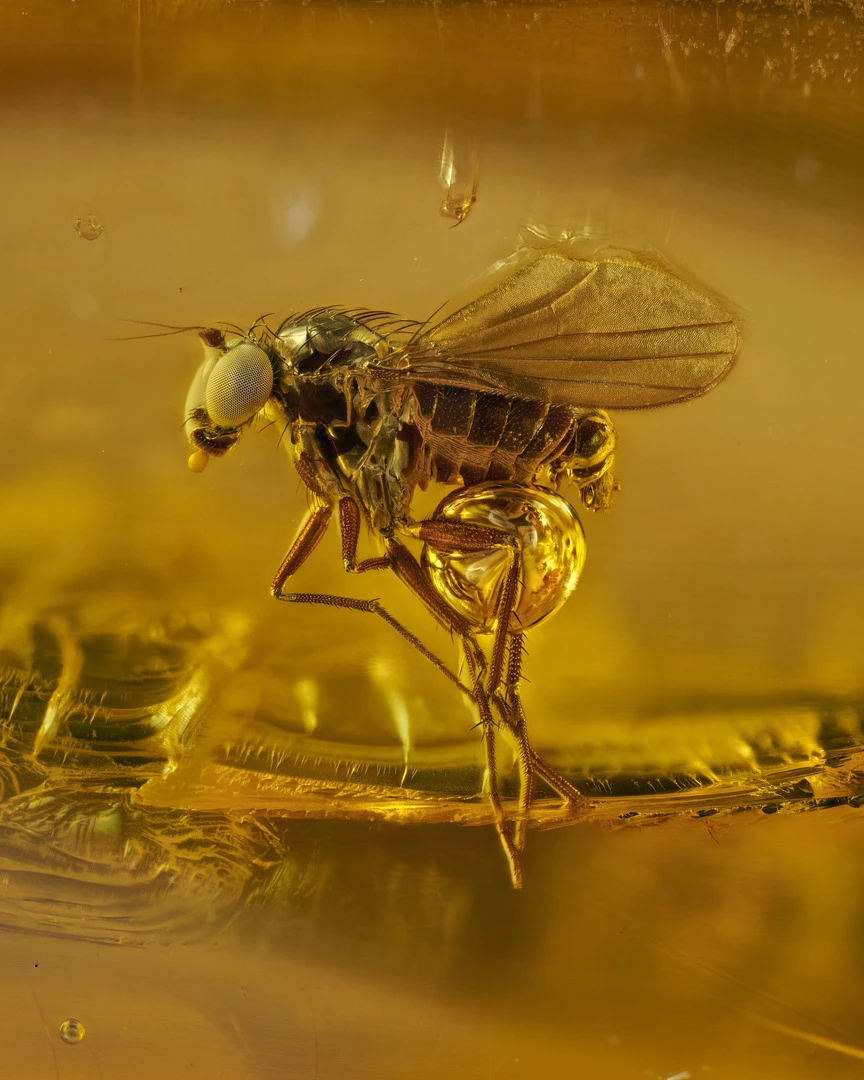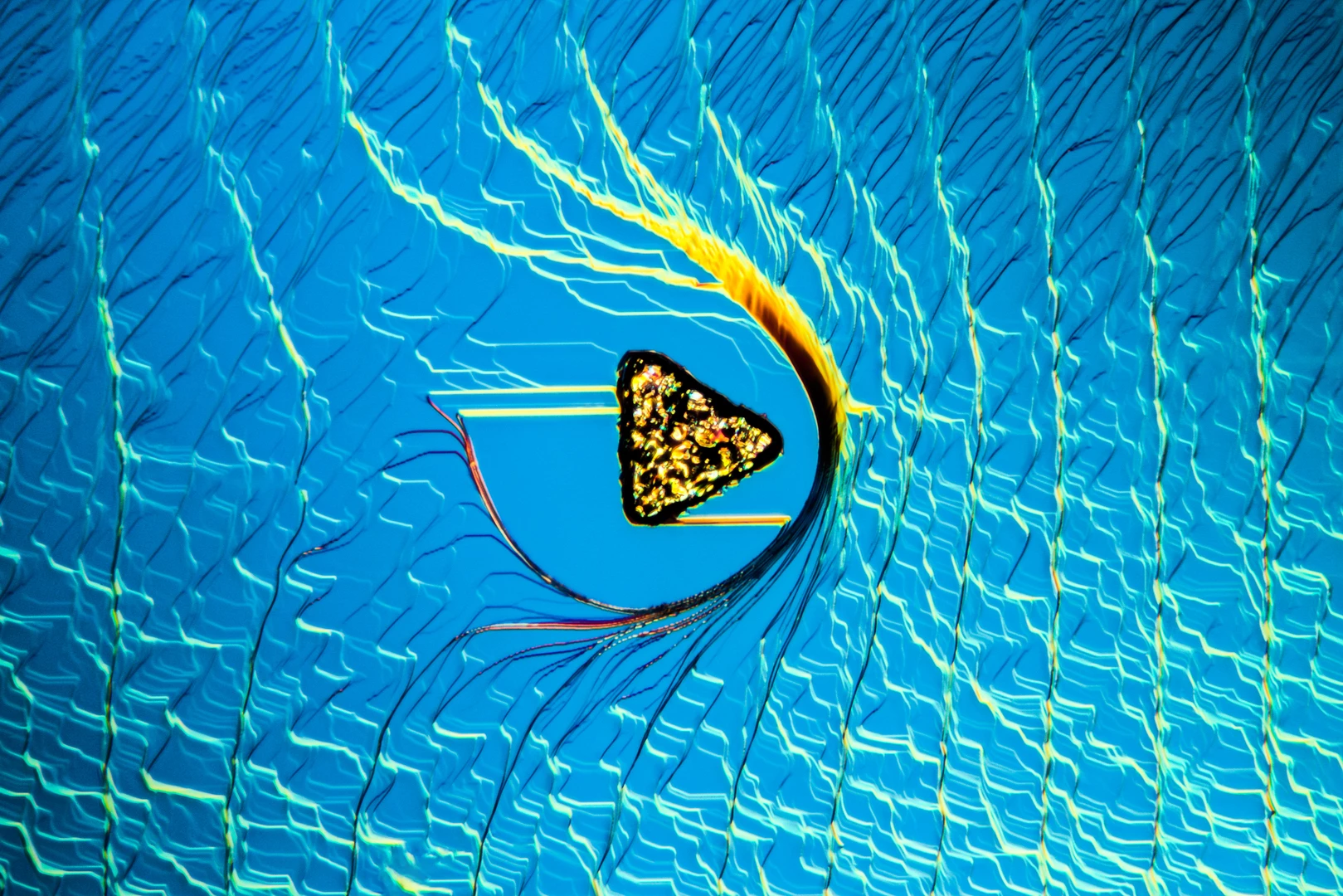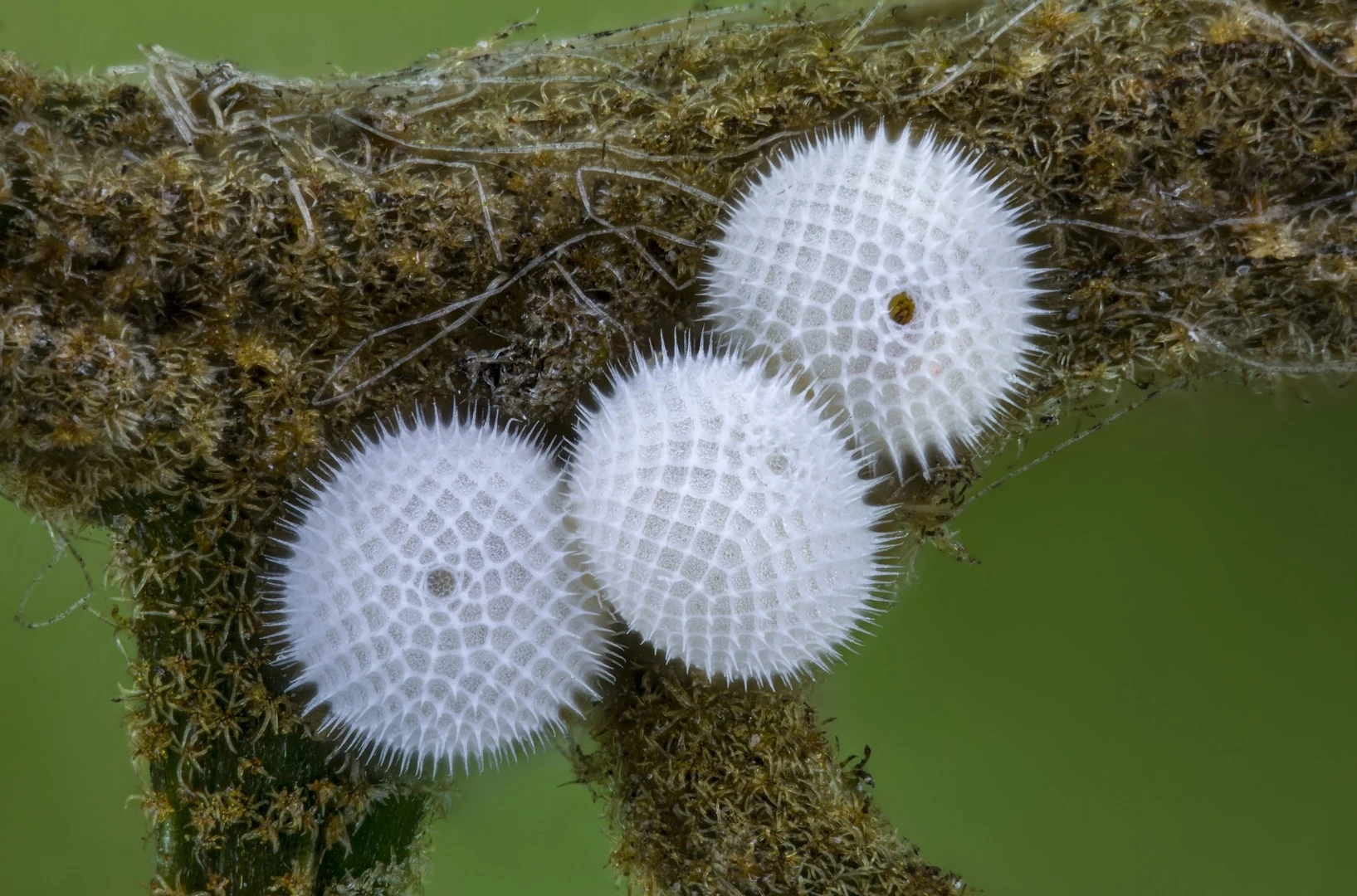Ever wondered what the inside of a dinosaur bone looks like in close-up? Or how about a few grains of pollen caught in knots of cotton fabric? Wonder no more thanks to a hand-picked look at highlights from this year’s incredible Nikon Small World Photomicrography Competition.
Now in its 47th year, the Nikon Small World Photomicrography Competition is one of the world’s longest running photo contests. Founded in 1974 to celebrate microscopic photography, the contest has evolved and expanded over the years, most recently including an adjacent video microscopy competition.
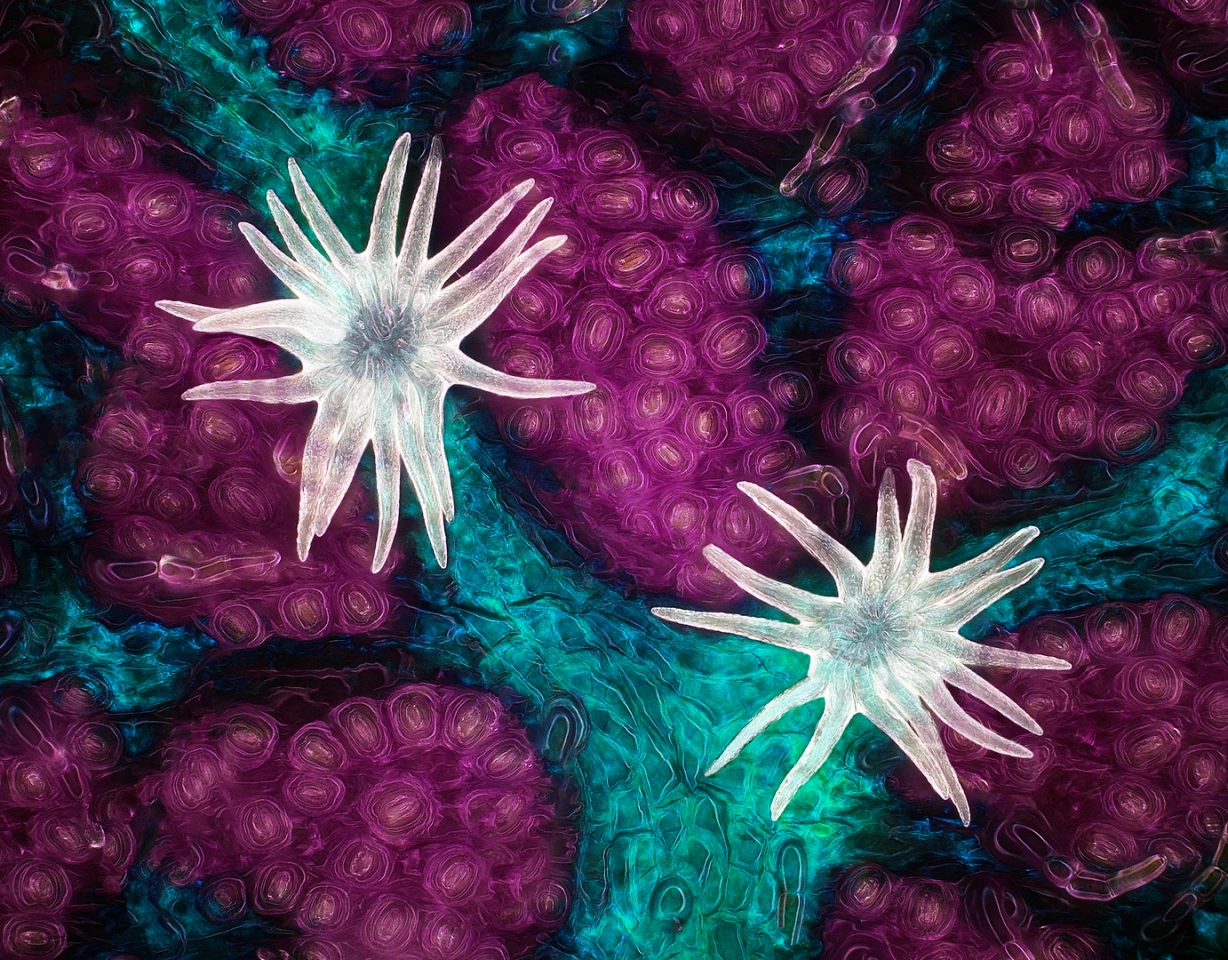
This year’s top prize, selected from around 1,900 entries spanning 88 countries, went to an incredible shot of an oak leaf’s trichomes and stomata. The technically challenging image came from Jason Kirk, a microscopist from the Baylor College of Medicine.
Kirk built a custom microscope system to capture the unique image. The final image is constructed from around 200 separate shots.
“The lighting side of it was complicated,” explains Kirk. “Microscope objectives are small and have a very shallow depth of focus. I couldn’t just stick a giant light next to the microscope and have the lighting be directional. It would be like trying to light the head of a pin with a light source that's the size of your head. Nearly impossible.”

Second place went to a pair of Australian dementia researchers for a brilliant shot of several hundred thousand networking neurons. US biologist Frank Reiser took third place with a magnificently detailed look at the rear leg, claw, and respiratory trachea of a hog louse.

“Nikon Small World was created to show the world how art and science come together under the microscope," says Eric Flem, Communications Manager at Nikon Instruments. "This year’s first place winner could not be a better example of that blend. I continue to be amazed by the level of talent we see every year, and this year’s winning gallery is no exception. As imaging technology continues to progress, the 47th annual competition has provided us with some amazing captures of scientific research and creativity from across a multitude of disciplines.”

Beyond the top 20 images, the competition awards a large number of Honorable Mentions and Images of Distinction. Highlights here include Italian researcher Bernardo Cesare’s psychedelic cross-section of a dinosaur bone, a surreal close-up of a glowing rice grain, and a truly strange shot of a table salt crystal.
Take a look through our gallery at more highlights from this sensational competition.
Source: Nikon Small World










